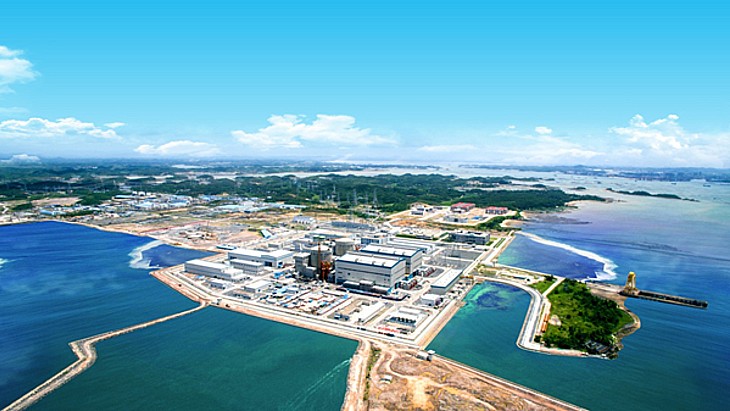The pilot will feature Last Energy's PWR-5 reactor - a scaled version of its larger, commercial PWR-20 design. The 5-megawatt reactor will be built to initially demonstrate safe, low-power criticality and, then in later phases, the ability to generate electricity for the grid. The project is fully financed with private capital and is expected to begin testing in the summer of next year.
Last Energy - which moved its corporate headquarters to Austin, Texas in May - has secured a lease agreement at Texas A&M-RELLIS, procured a full-core load of fuel, signed an Other Transaction Agreement (OTA) with the US Department of Energy (DOE), and begun formal licensing submissions. The company said the initiative will "complement Texas A&M's leadership in creating the environment to rapidly scale nuclear power innovation".
In August, the project was among the DOE's initial selection of 11 advanced reactor projects for the Nuclear Reactor Pilot Program. The pilot programme, announced in June, aims to expedite the testing of advanced reactor designs that will be authorised by the DOE at sites located outside of the national laboratories. Part of the Reforming Nuclear Reactor Testing at the Department of Energy executive order signed by President Donald Trump in May, its goal is "to construct, operate, and achieve criticality of at least three test reactors using the DOE authorisation process by July 4, 2026".
"We're partnering with Texas A&M to usher in the next Atomic Era," said Last Energy founder and CEO Bret Kugelmass. "With fuel in hand, an optimal site at RELLIS, and DOE authorisation underway, we have the ideal conditions to demonstrate a standardised, scalable microreactor product in the United States."
"This is exactly the kind of project we had in mind when we built Texas A&M-RELLIS. It's bold, it's forward-looking, and it brings together private innovation and public research to solve today's energy challenges," said Glenn Hegar, Chancellor of The Texas A&M University System. "We're proud to work with Last Energy to help shape the future of nuclear power, and we are even prouder that it's happening right here at Texas A&M-RELLIS."
The Texas A&M University System has a network of 12 universities across Texas and educates nearly 170,000 students each year.
In February this year, Texas A&M University System signed agreements with four small modular reactor (SMR) developers - Kairos Power, Natura Resources, Terrestrial Energy and Aalo Atomics - to bring their reactors to Texas A&M-RELLIS. Land has been offered to the four companies to build their SMRs at the site, with an application already started for an Early Site Permit with the US Nuclear Regulatory Commission. The proposed site is projected to accommodate multiple SMRs with a combined electrical output of more than one gigawatt.
This initiative with Texas A&M University System marks Last Energy's first US reactor deployment. In October last year, Last Energy announced plans for four microreactor power plants at the site of the decommissioned Llynfi coal-fired plant in South Wales. In July, Last Energy said it remains on track to obtain a site licence decision by December 2027 for its project after successfully completing a Preliminary Design Review for its PWR-20 power plant design by UK nuclear regulators.
A Last Energy plant, referred to as the PWR-20, is comprised of a few dozen modules. The PWR-20 is designed to be fabricated, transported, and assembled within 24 months, and is sized to serve private industrial customers. Under its development model, Last Energy owns and operates its plug-and-play power plant on the customer's site, bypassing the decade-long development timelines of electric transmission grid upgrade requirements.

_31063.jpg)



_92619.jpg)
_84504.jpg)

_58447.jpg)




